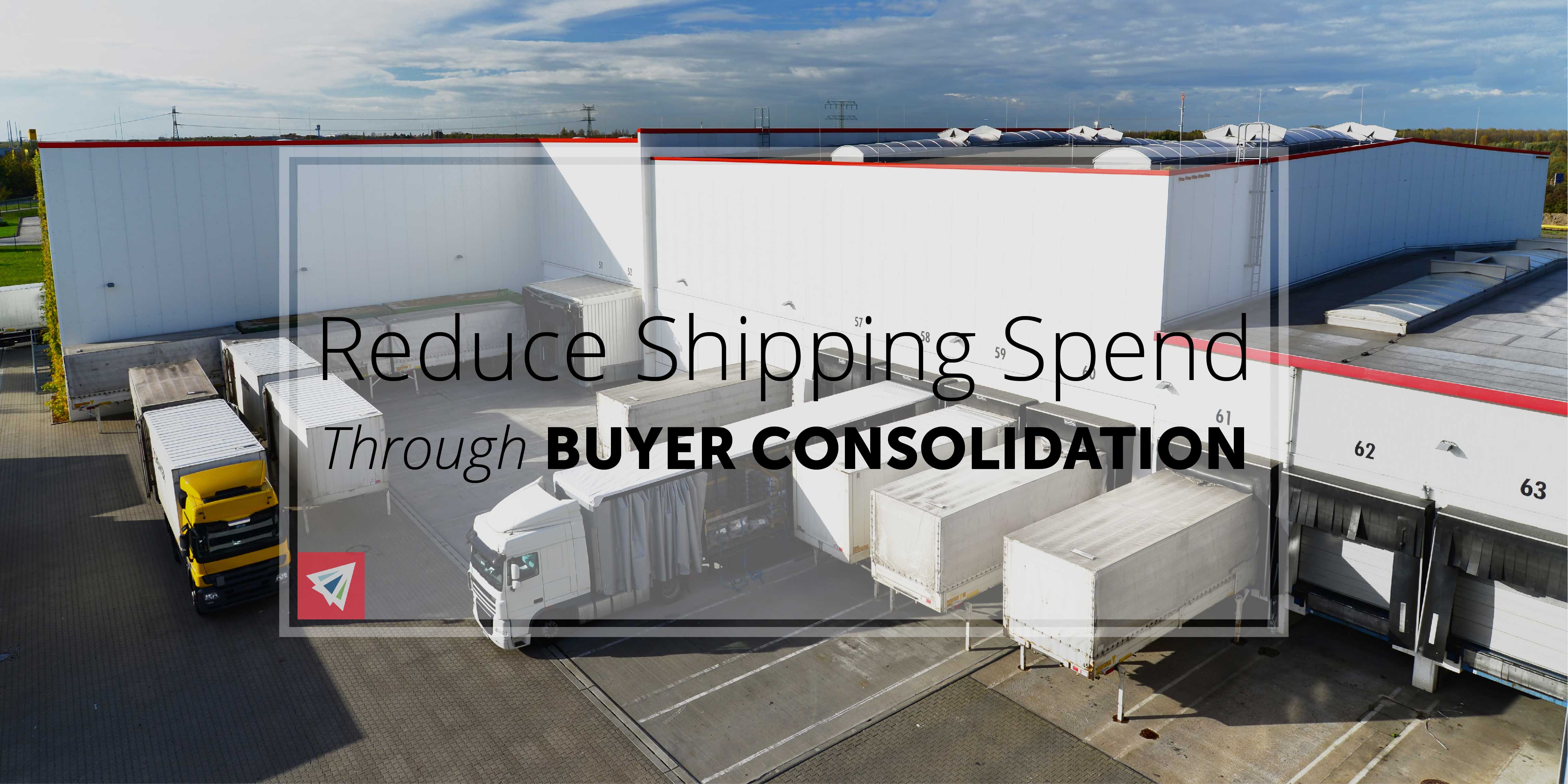Everyone is on the lookout for ways to reduce their shipping costs. For those who frequently ship via LCL methods, the task of managing shipping costs can be overwhelming. With LCL, expense stacks up through frequency of shipping and unreasonably high shipping volume costs. Additionally, LCL cargo runs a higher risk of being damaged since it is handled more frequently than FCL alternatives.
Companies who order from multiple international suppliers can benefit greatly through a practice known as buyer consolidation. Buyer consolidation is a method by which various purchases from multiple suppliers are transported in fewer consolidated loads, as opposed to being moved individually through LCL methods. Here is a more detailed breakdown of how the process works, as well as how you can implement the practice in your business’s supply chain to reduce shipping spend:
Buyer Consolidation: Definition
Buyer consolidation, as stated before, is a method to consolidate multiple loads from various international suppliers. This is perhaps best demonstrated through a brief example:
Example of Buyer Consolidation
Company A is a seller of cold drinkware. They are based in the U.S. and order their materials from 3 Chinese suppliers: Supplier (1) manufactures cups, Supplier (2) manufactures lids, and Supplier (3) manufactures straws.
Previously, Company A was making purchase orders to these companies and importing all orders via LCL methods separate from each other. In order to lower shipping costs, Company A could leverage buyer consolidation practices through sending these 3 purchase orders to the same location to be consolidated into a single FCL box. Thus, the importer is only importing 1 FCL container. Their goods get handled less and their overall freight cost is lower since they are renting the entire container rather than paying for 3 separate overpriced LCL loads.
Bills Of Lading with Buyer Consolidation
It’s important to remember that Bills Of Lading function a bit differently in buyer consolidation.
Each purchase order must have its own House Bill Of Lading (HBL) between the buyer and the respective supplier. However, the Master Bill Of Lading is a document that serves between the freight forwarder or NVOCC and carrier of the goods. Thus, Customs Entry would be filed under one Master Bill Of Lading for the entire consolidated container.
Said differently, 3 HBLs would be produced:
1st HBL: Company A – Supplier (1)
2nd HBL: Company A – Supplier (2)
3rd HBL: Company A – Supplier (3)
However, only 1 MBL would be produced. In the instance the shipment was done with Interlog USA, Inc. as the freight forwarder, the MBL would read:
Interlog USA, Inc. – ZIM (or any other carrier used)
Saving Costs on Future Shipments
If you are looking to cut the cost of your LCL shipments, it may be time for you and your team to implement buyer consolidation practices.
Buyer consolidation takes a good degree of planning and preparation to make sure everything works out as planned, but with the necessary attention, you can greatly reduce your shipping spend. If you need any help coming up with a plan for how your team can implement this practice in your supply chain, reach out to one of our team members! We would be happy to discuss whether this is an option for your business, and if so, the best ways of starting it up!
